Summer in the Water Gardens
August and September are prime months to see the water gardens in their full glory. This is the season that every water gardener daydreams about during the winter. The design and planning of the displays during those cold, dark months, along with the work of propagating and planting during the spring, have paid off with a colorful rainbow of aquatic blooms.
Tropical waterlilies (Nymphaea hybrids), Water Platters (Victoria ‘Longwood Hybrid’ and Victoria cruziana) and marginal aquatic plants (named for their growth along the margins of a pond in water-logged soil or shallow water) including Canna hybrids and Red-Stemmed Thalia (Thalia geniculata f. ruminoides) are all at peak growth and bloom. Hardy waterlilies also continue to flower during this time.
While this is a great time to enjoy the fruits of their labor, there is still work for our horticulturists and volunteers to do in the summer months to ensure the display ponds look their best.
Grooming
Volunteers and staff work in the ponds three to four days a week performing general maintenance. This includes removing aging leaves as they begin to turn yellow and decay, as well as removing spent blooms, which last an average of three days for most waterlily varieties. This routine grooming accomplishes three goals – it keeps the water garden displays looking their best, prevents older plant growth from decomposing in the ponds (which would feed algae), and it ensures that the plants are able to put all of their energy into producing new growth, rather than seed pods if the blooms have been pollinated.
Fertilizing
Along with grooming the plants weekly, volunteers and staff also fertilize all of our aquatic plants twice a month from early June through late August. The exceptions to this schedule are the Water Platters and Gorgon Plants (Euryale ferox), which are fertilized weekly with increasing doses of fertilizer as they grow through late September.
Specially formulated aquatic plant fertilizer tablets called Pondtabbs (10-14-8) are used to feed all of our aquatic plants. Each of our plants grows in its own container of soil, and the tablets are pushed into the soil around the root system of each plant at a dose of one tablet per gallon of soil, with a higher dose given to our Water Platters and Gorgon Plants.
We stop fertilizing our hardy aquatic plants in late August in order to encourage them to taper off their growth and begin preparing for winter dormancy. Tropical waterlilies are encouraged to form tubers in the soil by also discontinuing their fertilization in late August. These tubers will be harvested in October and stored for use in subsequent seasons.
Other Routine Maintenance
In addition to grooming and fertilizing the plants, the Gardens also performs routine maintenance of the water in the ponds. A non-toxic, food-grade black dye is added to the ponds weekly as needed in order to maintain the dark coloration seen throughout our displays. This dye performs multiple tasks - it blocks out sunlight to deter the growth of single-celled and string algae, hides the planting containers and creates a reflective surface that makes the aquatic plants stand out even more.
Beneficial bacteria is also added to the waterways weekly as needed. These microscopic organisms work to break down excess nutrients in the water, which in turn keeps the growth of algae to a minimum.
Another part of our routine maintenance is “tweaking” the displays as the plants grow throughout the season. With each plant in its own container, it is easy to move plants to keep them from growing into or over each other. Water gardeners are also able to move plants to the ponds’ edges as they come into peak bloom so visitors can get a better view.
We hope you will take the opportunity to visit in the coming weeks while the water gardens are looking their best. Stay tuned for a fall update detailing our work preparing the aquatic plant collection for the upcoming winter months!
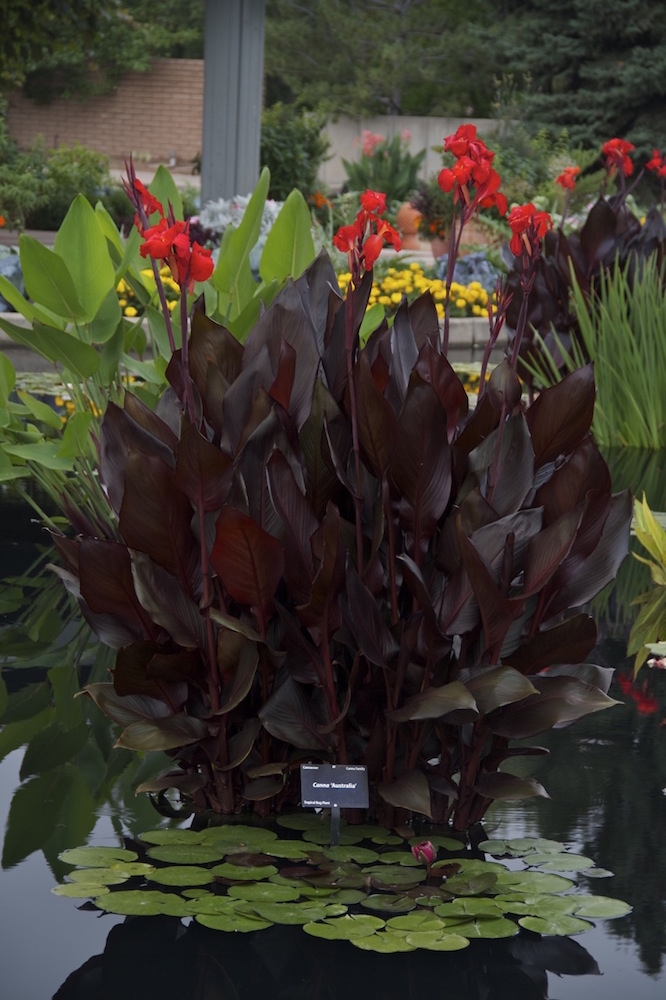
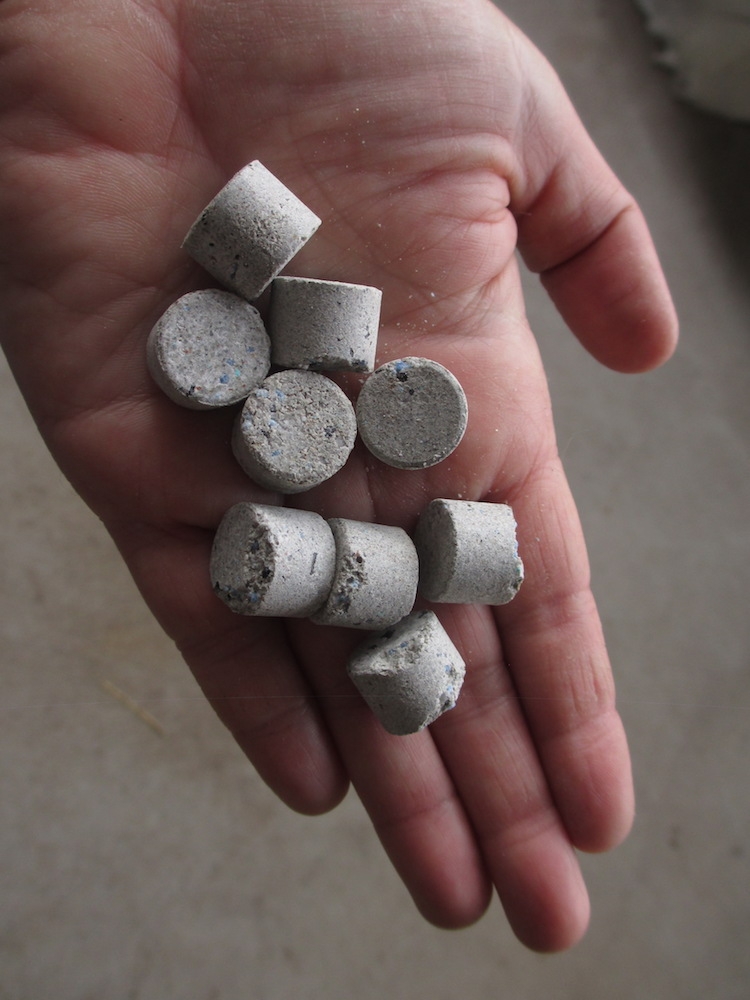
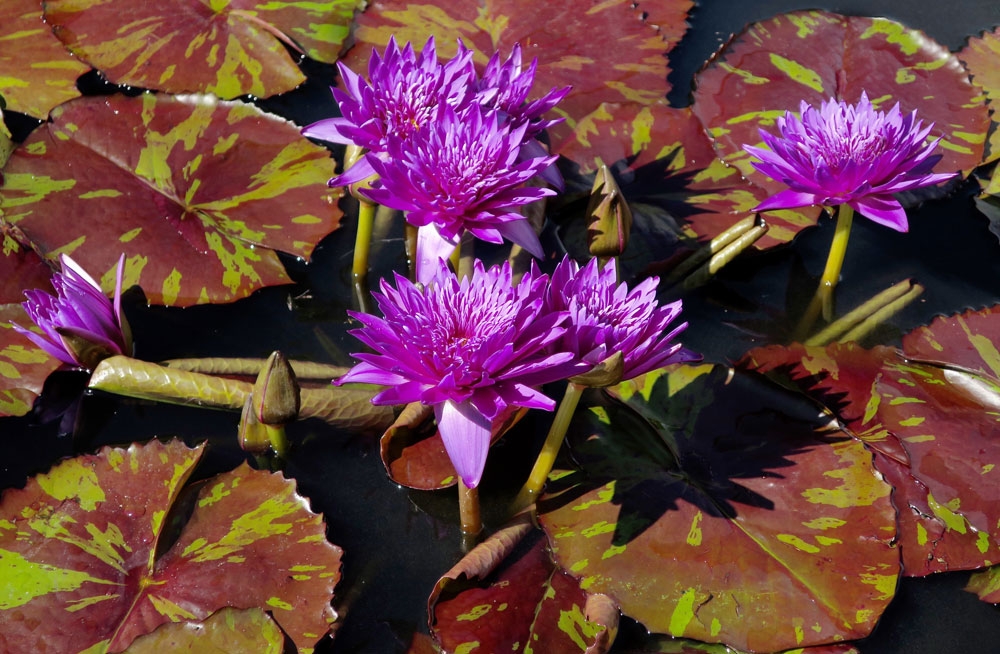
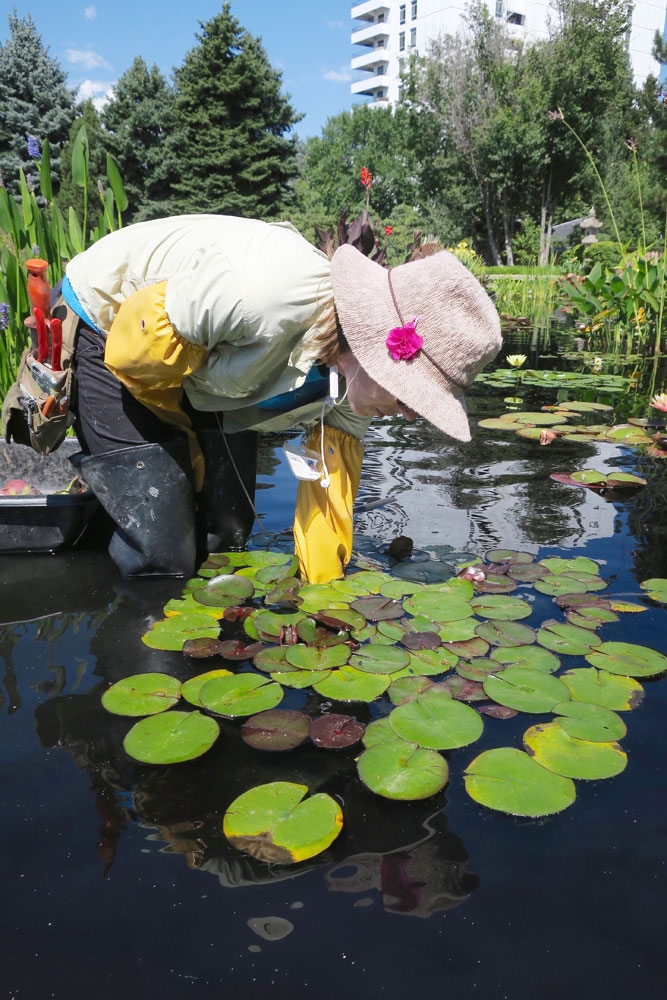
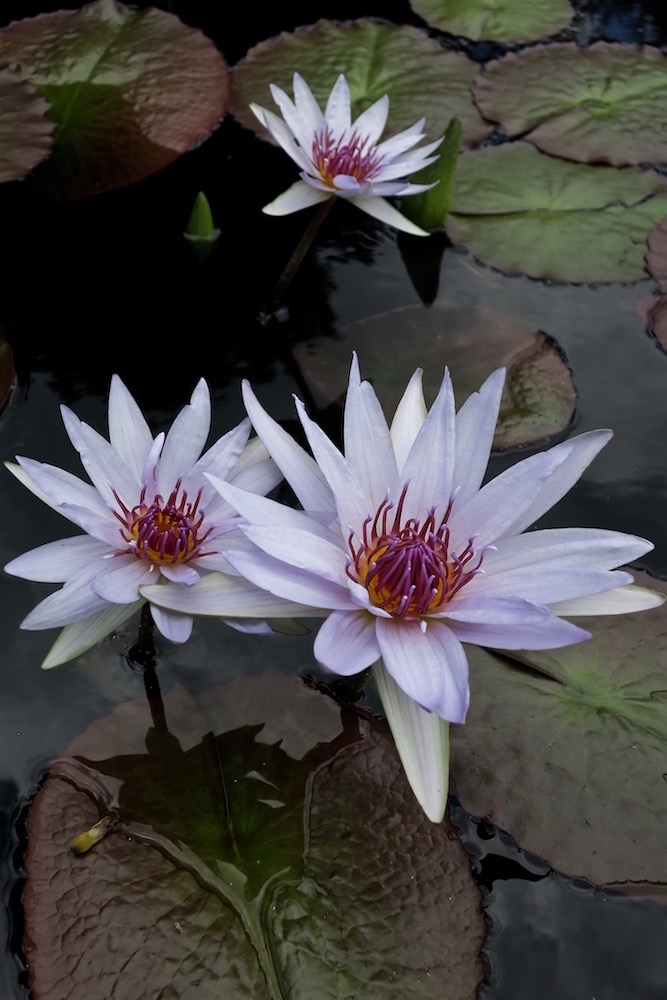
Add new comment